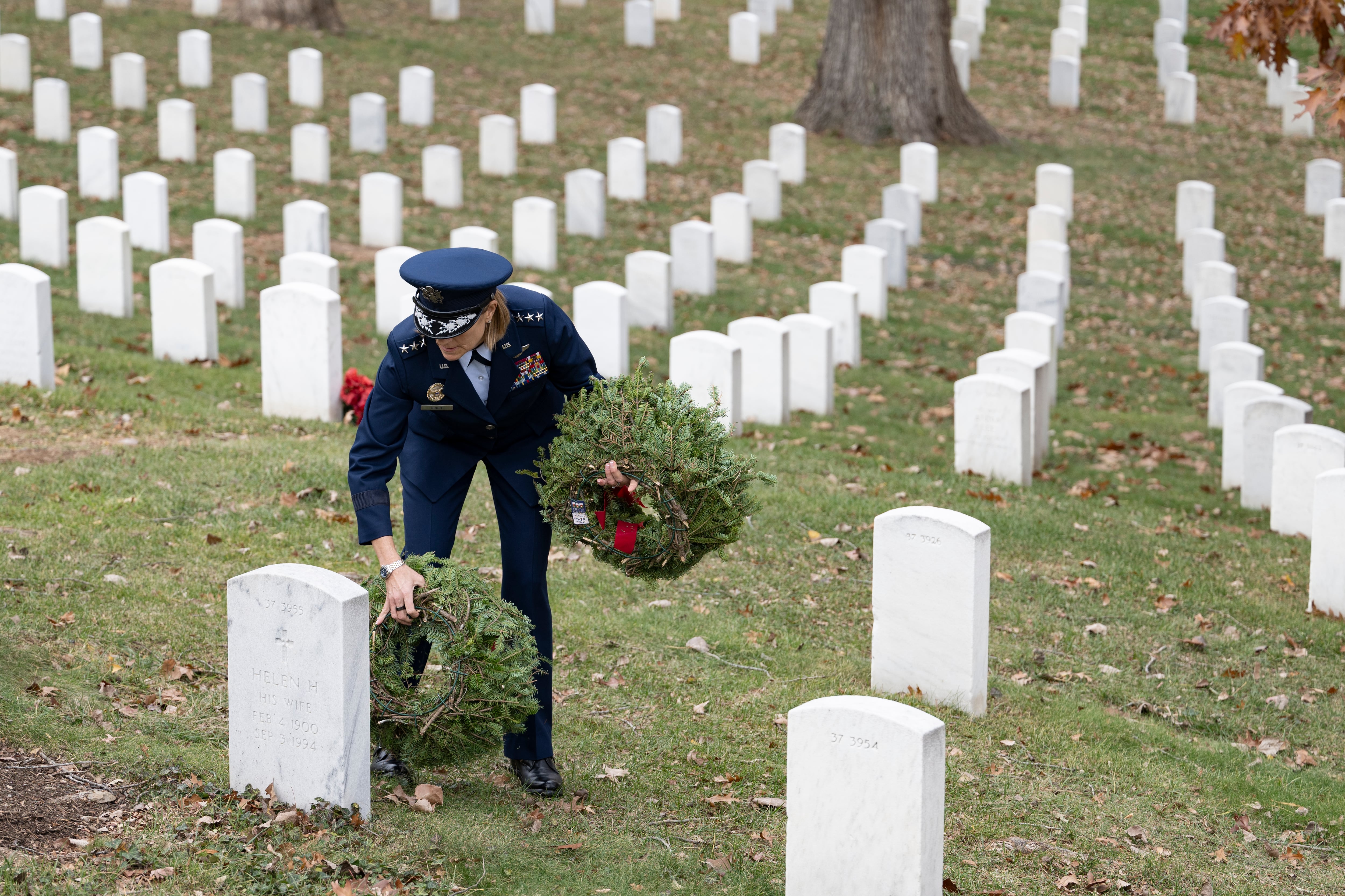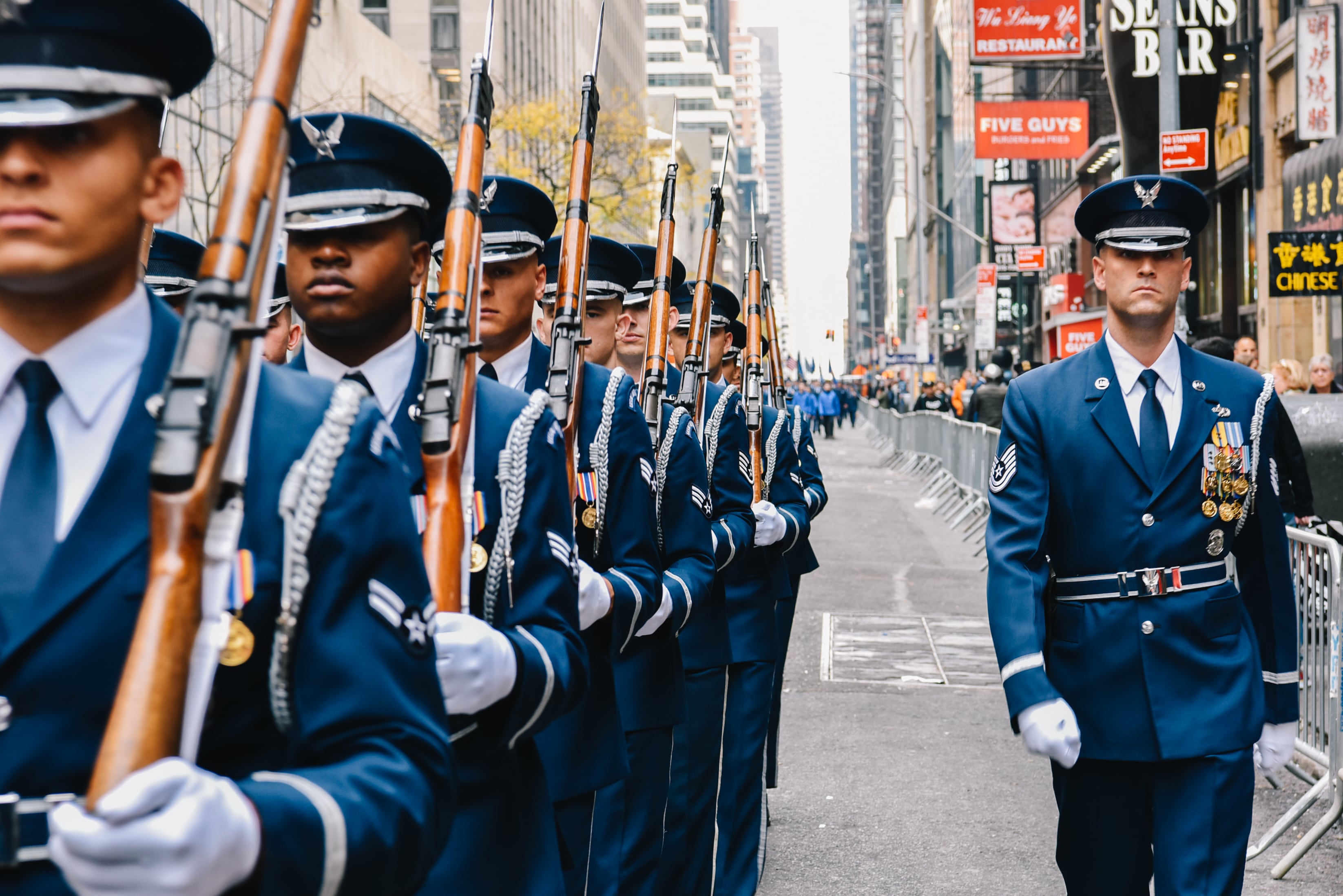source GAIA package: Sx_MilitaryTimes_M6201210210240318_5675.zip Origin key: Sx_MilitaryTimes_M6201210210240318 imported at Fri Jan 8 18:18:07 2016
About 40 percent of the looming drawdown to 490,000 soldiers will be accomplished through involuntary separation programs and policies, according to the Army's chief personnel officer.
"When we look at the drawdown, we want to be as responsible as possible and use natural attrition as much as possible," said Lt. Gen. Howard B. Bromberg, the Army G-1 and deputy chief of staff for personnel. "Right now, it appears that 20,000 enlisted soldiers and about 5,000 officers potentially will have to depart the Army through something other than normal attrition.
"This would be for the four years of the drawdown, beginning in 2014 and going through 2017," Bromberg told Army Times in a Oct. 9 interview at his Pentagon office.
As of Oct. 1, there were about 551,000 soldiers on active duty, some 61,000 more than the target drawdown end strength of 490,000.
Although Congress has reauthorized several of the voluntary separation incentives used during the post-Cold War reductions of the 1990s, Army leaders have not elected to reinstate those programs, with one exception: Temporary Early Retirement Authority, a force-shaping tool that allows early retirements for select categories of soldiers with at least 15, but less than 20, years of active service.
Although TERA was used as a major voluntary force reduction incentive in the 1990s, its use for the coming drawdown is limited to passed-over officers and noncommissioned officers who fail a Qualitative Service Program retention review.
"We want to shape the Army of the future with precision and the right grades, skills and military occupational specialties, Bromberg said. "Right now, we do not plan to use any voluntary force reduction incentives.
"We can use tools we already have, such as retention boards, reduced promotion rates and reduced accessions," he said. "It would be nice if everybody could leave through natural attrition, but we won't be able to do that, and there will be some very tough calls made in the coming years, not only by the Army but by the junior leaders in the field."
Bromberg said one of his major challenges as personnel chief is to oversee a drawdown at the same time the Army is deploying soldiers to combat.
"This is something we have never had to do before," he said.
One of his priorities will be "to make sure that we treat the people who have supported the war effort with the dignity, respect, care and compassion they deserve as we reshape the Army for the future."
Bromberg said that in his trips to the field, "it is clear there is a lot of angst out there."
"We can help alleviate some of that by telling soldiers and their families as much about the future as we can," he said. "We need to communicate every stop along the way so that soldiers not only understand what we're doing but why and how we're doing it."
Bromberg said major components of the drawdown strategy are the retooled transition assistance services available to departing soldiers through the Army Career and Alumni Program.
"We owe it to the young men and women who have served us so well to help them through an orderly, organized and well-thought-out transition to the future," he said. "We are making very good progress on this, but one area where we can improve is our partnership with industry.
"We have a lot of firms coming to us each week saying they have hundreds, hundreds and hundreds of jobs that could be filled by veterans," Bromberg said. The challenge is linking up those departing soldiers with those jobs."
Another priority area for Bromberg and his staff is oversight of an integrated disability system for injured, ill and wounded soldiers.
That population has grown over the past few years, and is getting larger.
"Today, there are about 24,000 soldiers in this category, but that total will grow over the next year or two," Bromberg said.
Of that total, about 75 percent are in regular units, not Warrior Transition Units, and thus are available to perform some types of duty.
Bromberg said it is important for the Army to improve on the processing of these soldiers because the large backlog could lead to readiness issues with the size of the Army decreasing, and the size of disability population increasing.
"Our goal is to give these soldiers the just care and service they need to properly transition from the Army," he said.
Other priority issues for the chief of personnel include:
Officer evals
"The current Officer Evaluation Report system has been out there since 1997, and it has served us well," Bromberg said. "It is just time to look at the OER and put it more in sync with our leadership doctrine."
Key features of the new system include different forms for specific grade plates — junior officers, midgrade officers and senior officers.
"We've also changed the block checking for senior officers, so that now there are five, rather than four," blocks for the senior rater evaluation, Bromberg said. "We're also going to be asking for more discussion from senior raters on broadening assignments for rated officers.
"We want them to tell us what type of assignments will help develop an officer into a strategic leader," he said.
Training for the new system will begin in January, and the first reports will be filed in December.
It will take about a year for these new reports to populate files throughout the officer corps, Bromberg said.
NCO evals
"The proposed system has been through one level of general officer review but will not be ready for fielding at the same time as the new OER," Bromberg said. "I don't think it will be ready until fiscal 2014."
Similar to the OER, the design of the NCOER will be linked to leadership doctrine, and likely will provide raters with opportunities to suggest developmental assignments for their NCOs.
Education
The Army's goal is to give all officers an opportunity to receive intermediate level education early in their career, at about the 10th year of service, and after selection for promotion to major, Bromberg said.
"The idea is that they will receive this education before they receive key developmental assignments as majors," he said.
Under the new system, officers either will attend a 10-month resident command and staff course, a 14-week resident course at several satellite campuses or a distributed learning course.
"Right upfront, I want to tell officers that these changes will not affect promotion rates," Bromberg said.
"The Officer Record Briefs (seen by selection boards) will not indicate where an officer received his or her intermediate level education," he said.
The personnel chief also noted that special instructions will be provided to boards in the next few years regarding officers who were unable to attend ILE at the optimum time in their careers because of deployments and the pace of operations.
Some 4,600 officers in year groups 2003 and earlier are in the training backlog.





